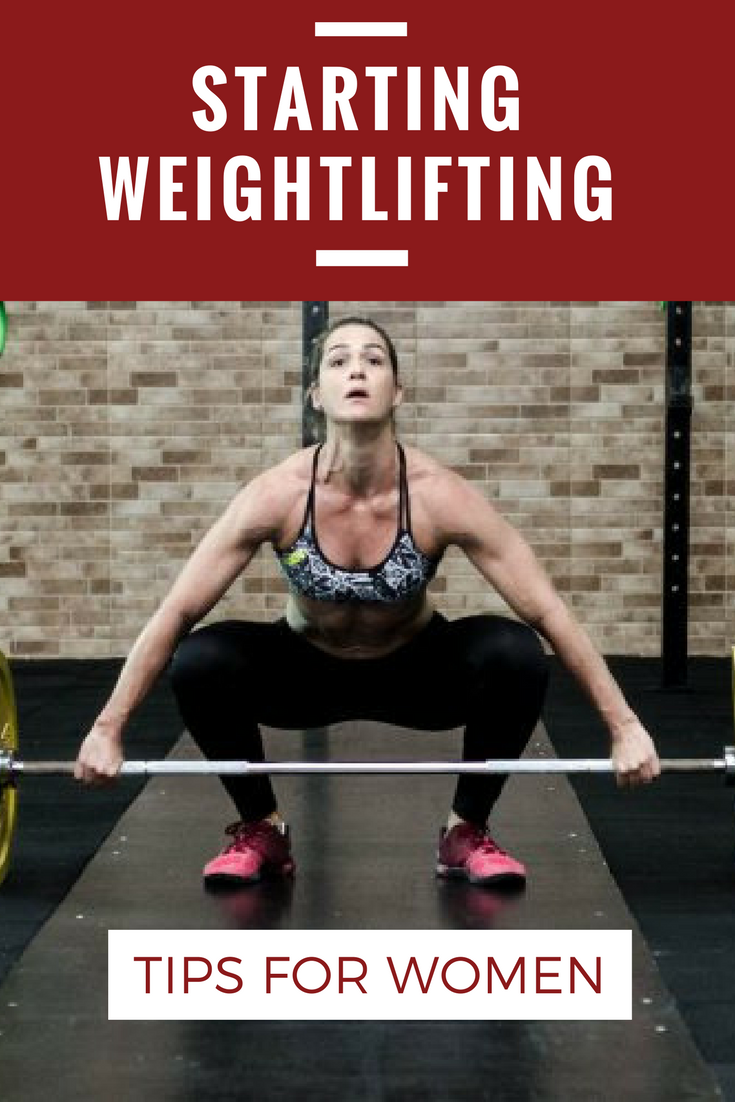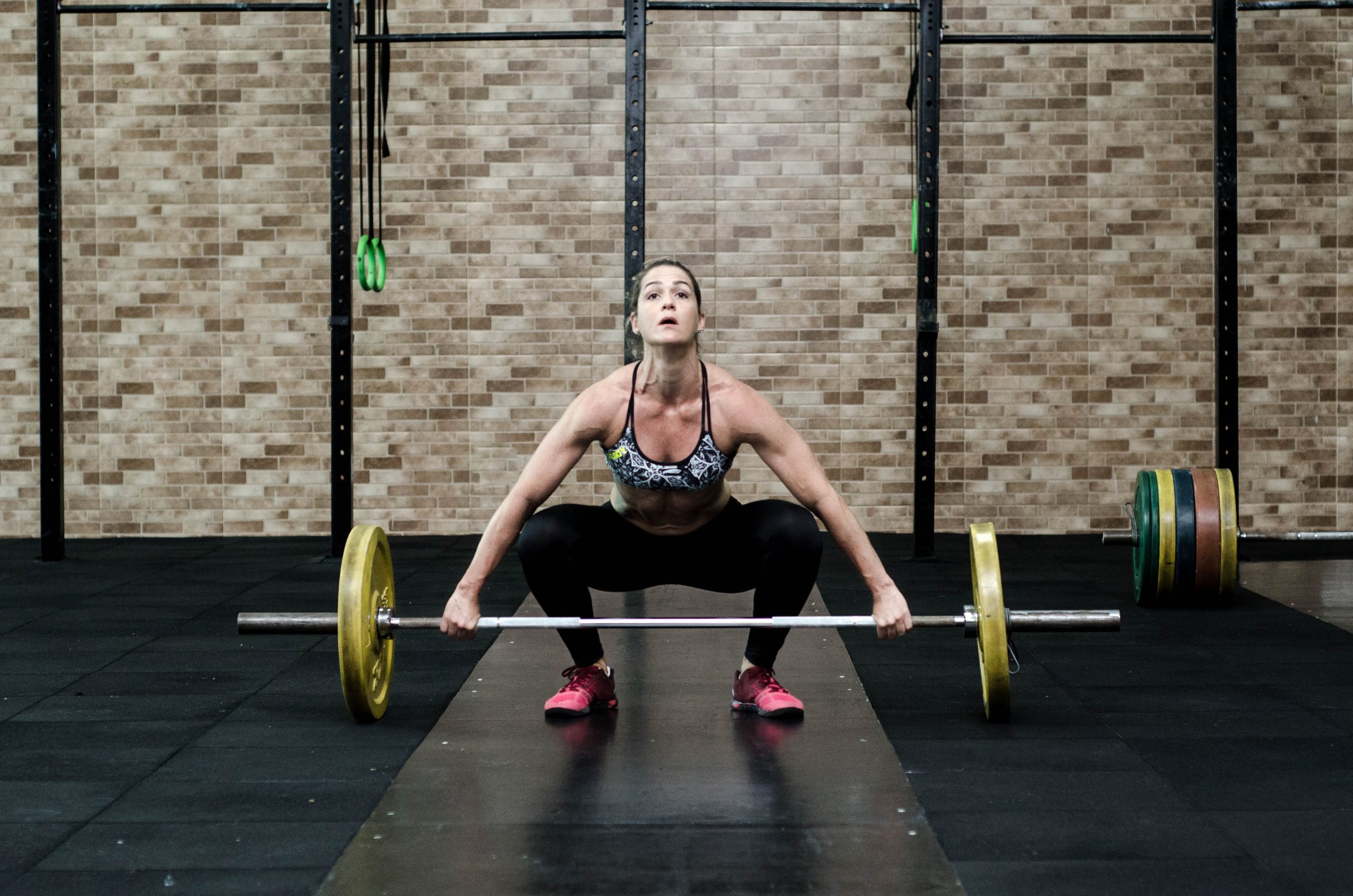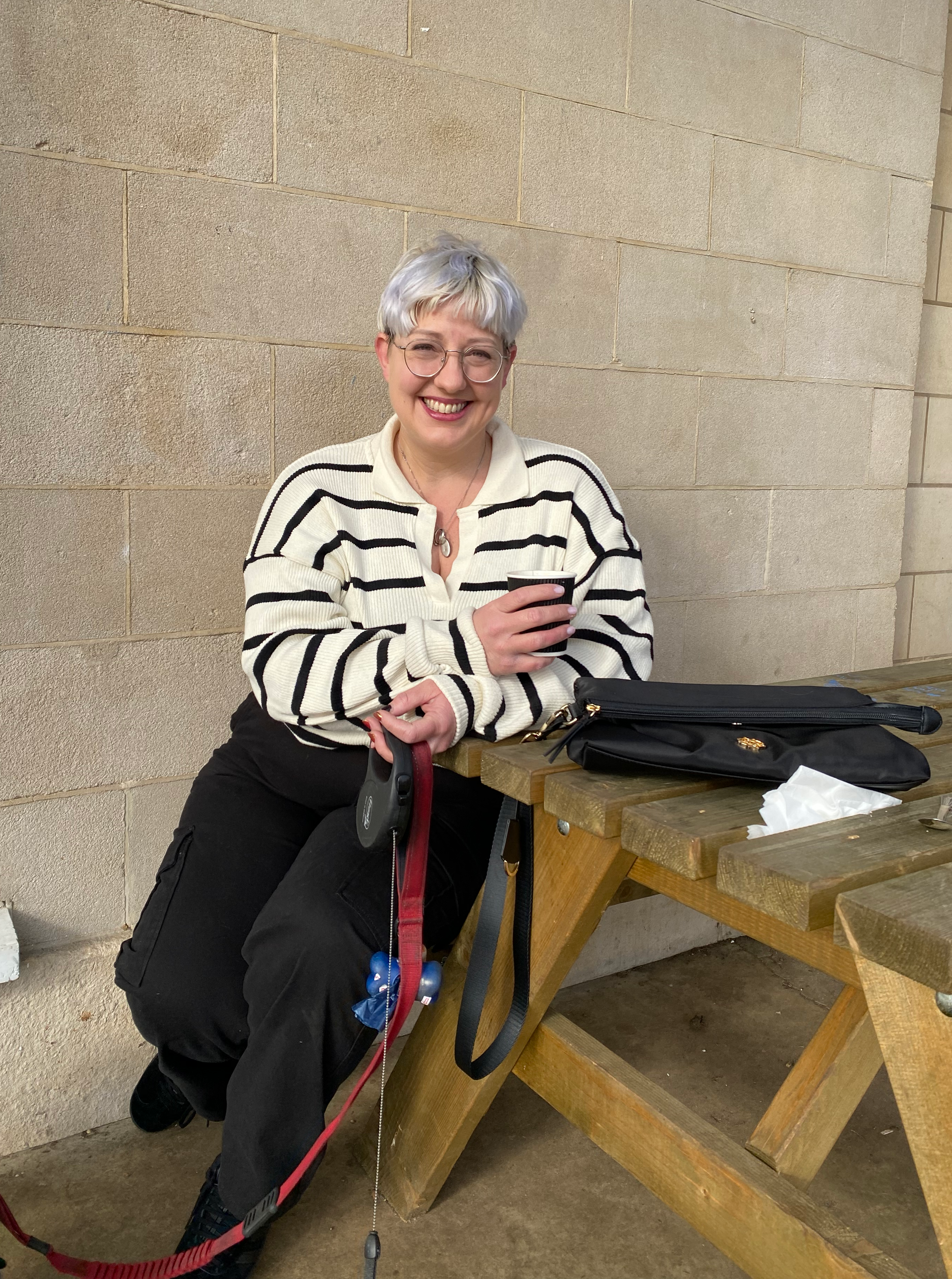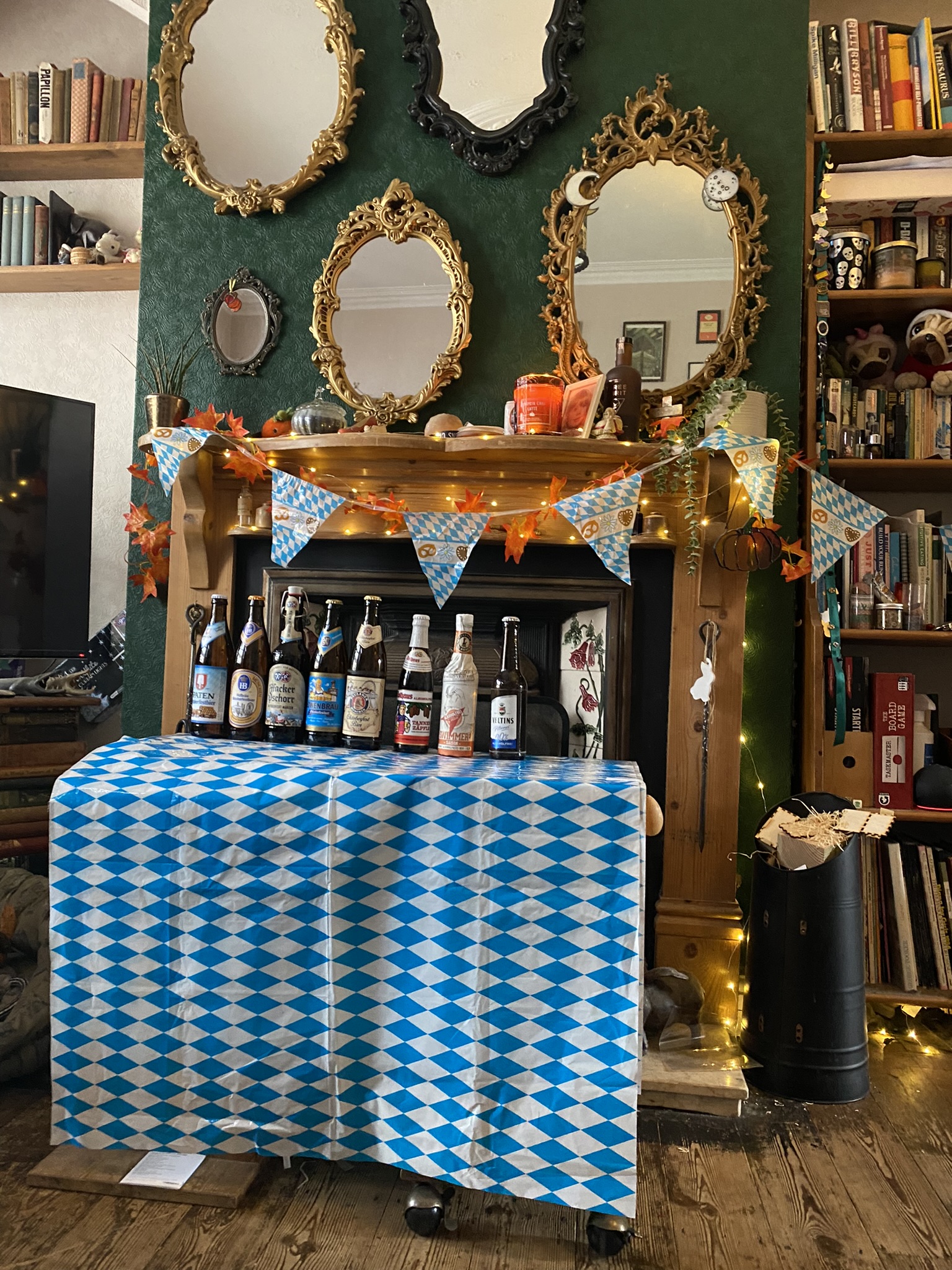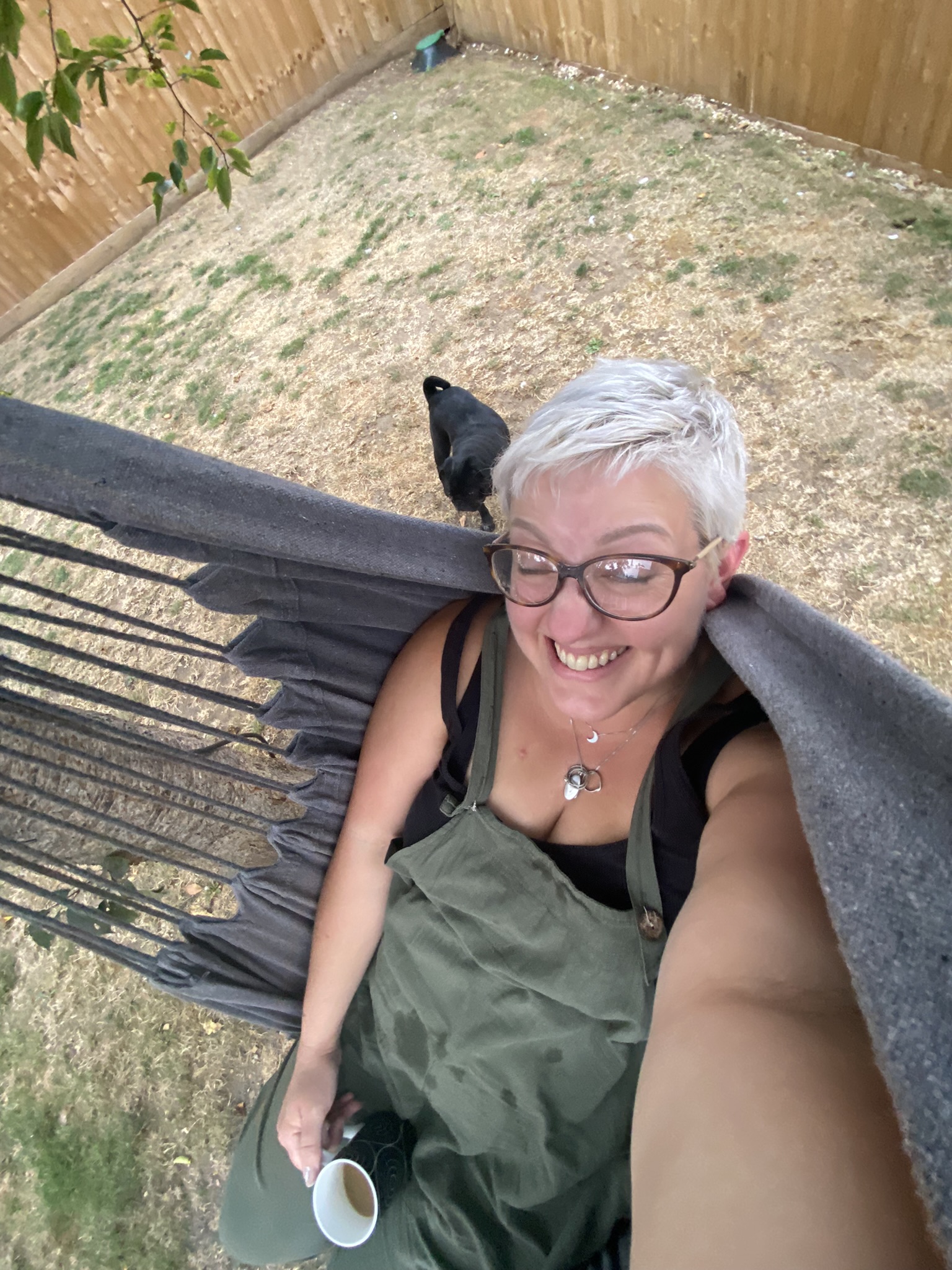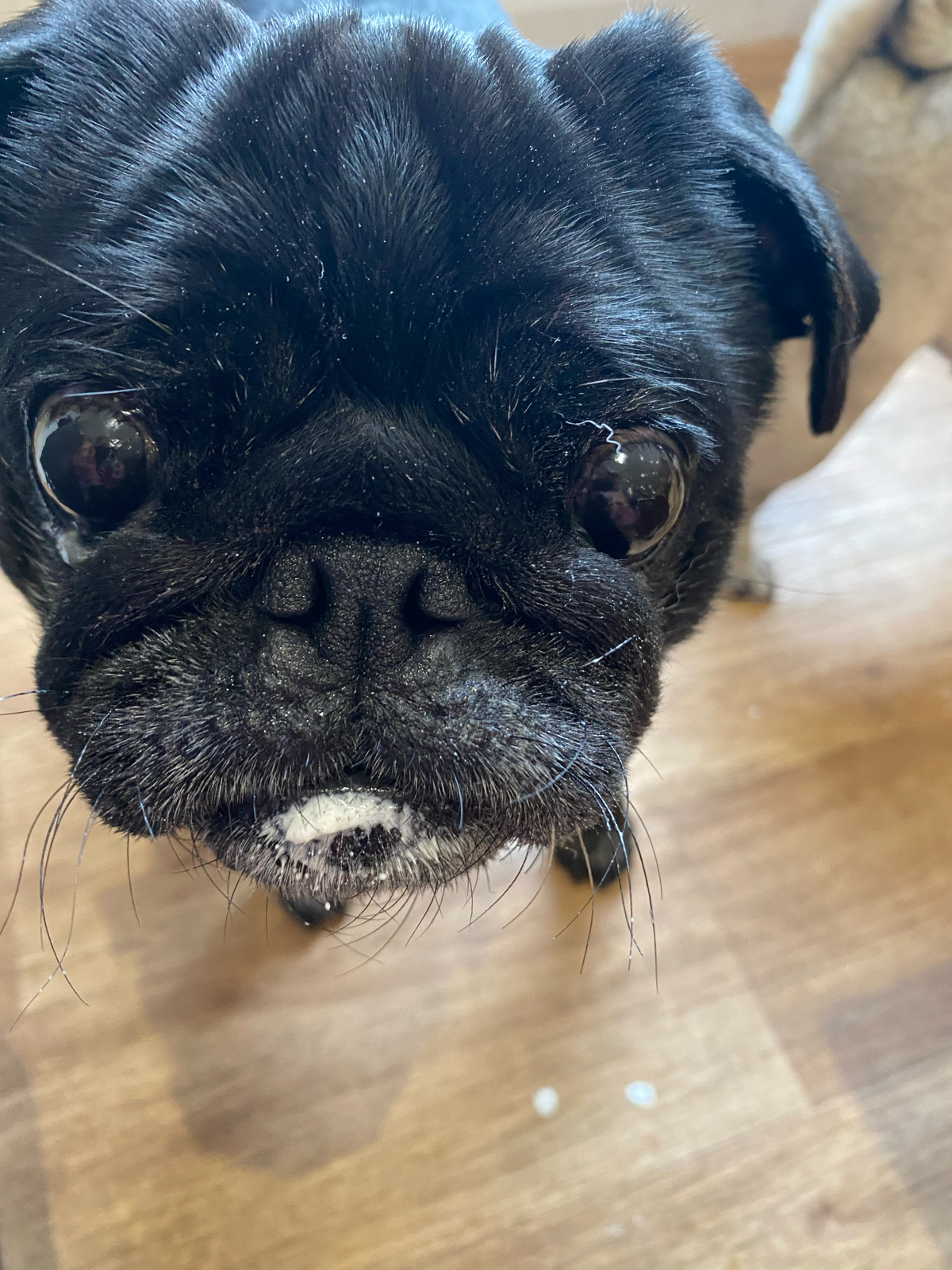Last week I promised some practical tips for beginners to weight lifting.
And today, that’s what I’m bringing you. I’ve called this tips for women, because that’s primarily who I write for, but to be honest these tips apply to ANYONE venturing into the free weights area for the first time.
Last year I wrote about how to pluck up the courage to go into that weights area in the first place, last week I shared a little review of Stronglifts 5×5, a good starter program that I used when I first started on free weights. Today I have a few more practical tips that I’ve picked up over the last couple of years.
These tips will help you with some of the trickier aspects of the weights room. Including getting that damn clip off the bar…..
My Top Tips for the Weights Room
If you’re just getting started, don’t be afraid to start with just the bar, and if that feels too heavy (over head press particularly can be tricky), then most gyms have lighter barbells you can work with. Remember an unloaded Olympic bar weighs 20kg, so maybe start at 10kg or 15kg and work up from there.
When doing deadlifts and rows if you are using just the bar, or smaller weights, then it’s fine to grab a couple of steps (the kind they use in step classes) to raise the bar off the floor either side of you. If you have big plates the bar will normally come to somewhere around mid shin. Whatever weight you are lifting, try and start from that height with the bar.
Olympic plates are large, coloured, plastic ones. They are all a standard size, even in lower weights. If your gym has them, then use them for deadlifts. If not, raise the bar on steps to the right height.
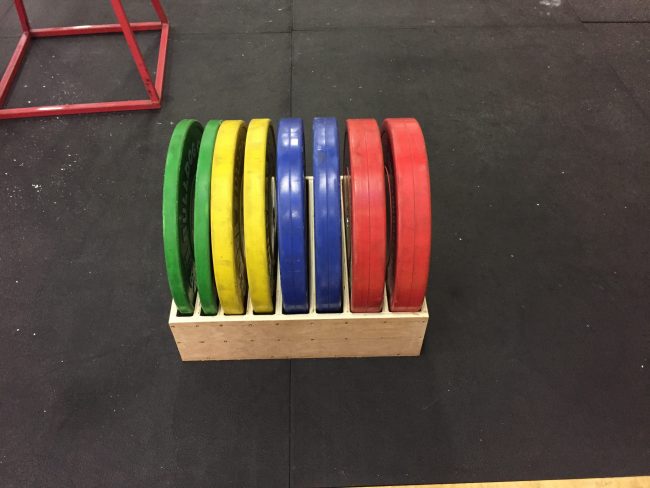
Speaking of plates, getting them on and off the bar after deadlifts can be another “challenge”. Especially if you are using the Olympic plates which have no hand holds. This video shows a great way to deload a barbell. I might try the same trick on both sides rather than tipping it up, when you’re 5’5″ rather than 6′ that bar is pretty tall! Make sure you pull the plates from the side not the top. If you have a friend with you then you can also get one of you to raise the bar and the other to pull off the weights.
Oh yeah, and those clips. They can get twisted which can make them hard to get off the bar, so if you struggle with one, maybe try another. You can squeeze the handles with both hands and pull, or squeeze with one hand and use the other to help wiggle the clip off the bar. They’re always a pain. You get used to it. If the ones at your gym are really terrible you could always buy your own….

Take your rings off. Even if you don’t get them caught and hurt your fingers, the bars will wear away at your rings and scratch them.
Invest in some lifting straps. I always find that my grip is the thing that fails me first on deadlifts. You put lifting straps around your wrist and then wrap the long bit around the bar and hold it. With a bit of practice you can easily do it yourself by twisting them. They really help with grip by taking a bit of the weight off your fingers and cost next to nothing.
Buy some lifting gloves. The rough bars can give you calluses on your hands. I can’t use them for deadlifts, but for over head press and rows I use them and it’s far more comfortable. I wear a pair of leopard print G-Loves because I wanted fancy ones. You can find them at Shopbop with a leopard trim and a few other colours, or there are cheaper options like these from MyProtein.

Focus on form. It’s better to stay at the same weight for ages until you’re confident you’ve got it right than to go up too fast and hurt yourself. Focus on engaging all your core muscles, including your shoulders and back, before you do lifts. Push your weight through your heels when doing squats. Prop your phone against a weight and video yourself doing the lifts so you can see if you are rounding your back, or leaning forward. You will feel stupid doing this the first time. Don’t, no one cares, unless you are pouting and preening at the camera!
Wear flat shoes. Running shoes are for running. When you lift weights you want a stable, solid surface, not a squishy one. Converse are perfect. You want to be able to put maximum force through the floor, not have it absorbed by a foam sole.
Raise your heels. Yeah, I know I just told you to wear flat shoes, but squats, particularly, can be easier to recruit all the right muscles and get lower if you raise your heels slightly. A lot of this is to do with ankle flexibility, so maybe do some ankle stretches as well, but if you find you are struggling not to tip forward on to your toes as you squat try putting a couple of the smallest 1.25kg weights under your heels. You can buy Olympic lifting shoes that have a slightly raised heel, but they can be expensive, so don’t invest until you’re sure this is for you!
[separator type=”thin”]
If you have any other tips I’ve missed, do share in the comments!
